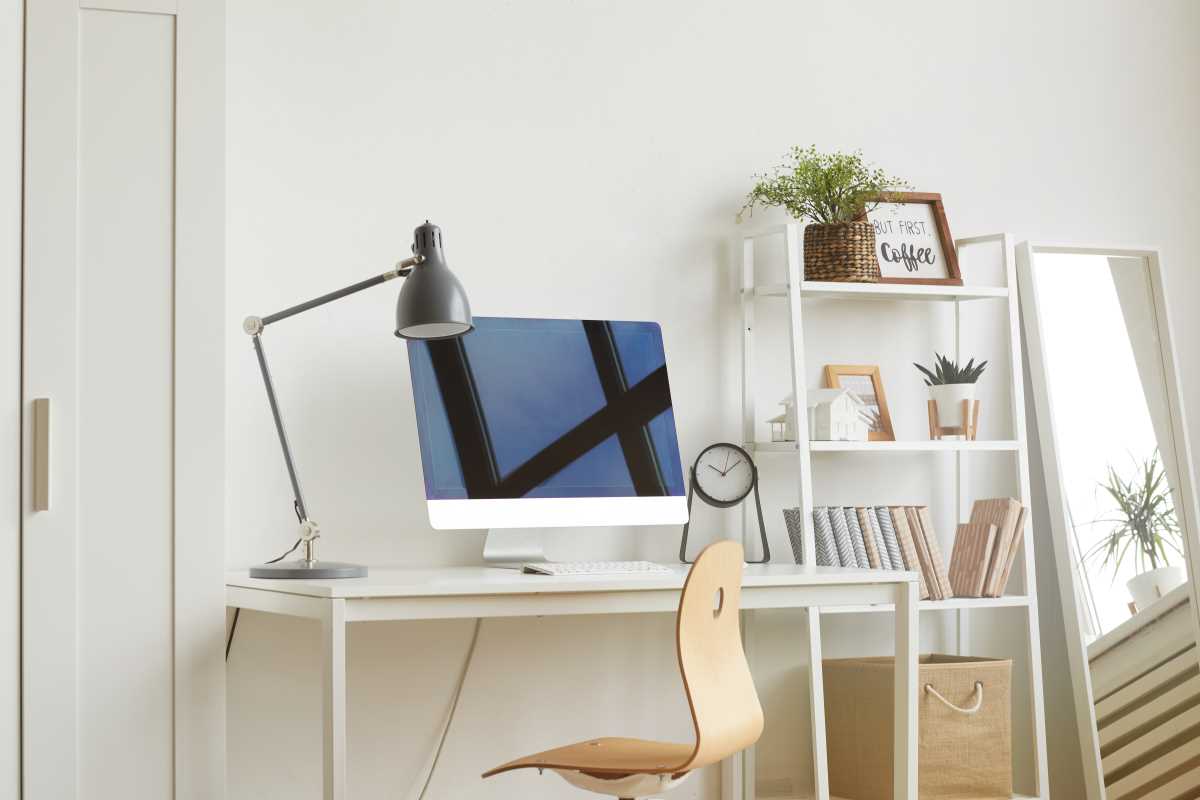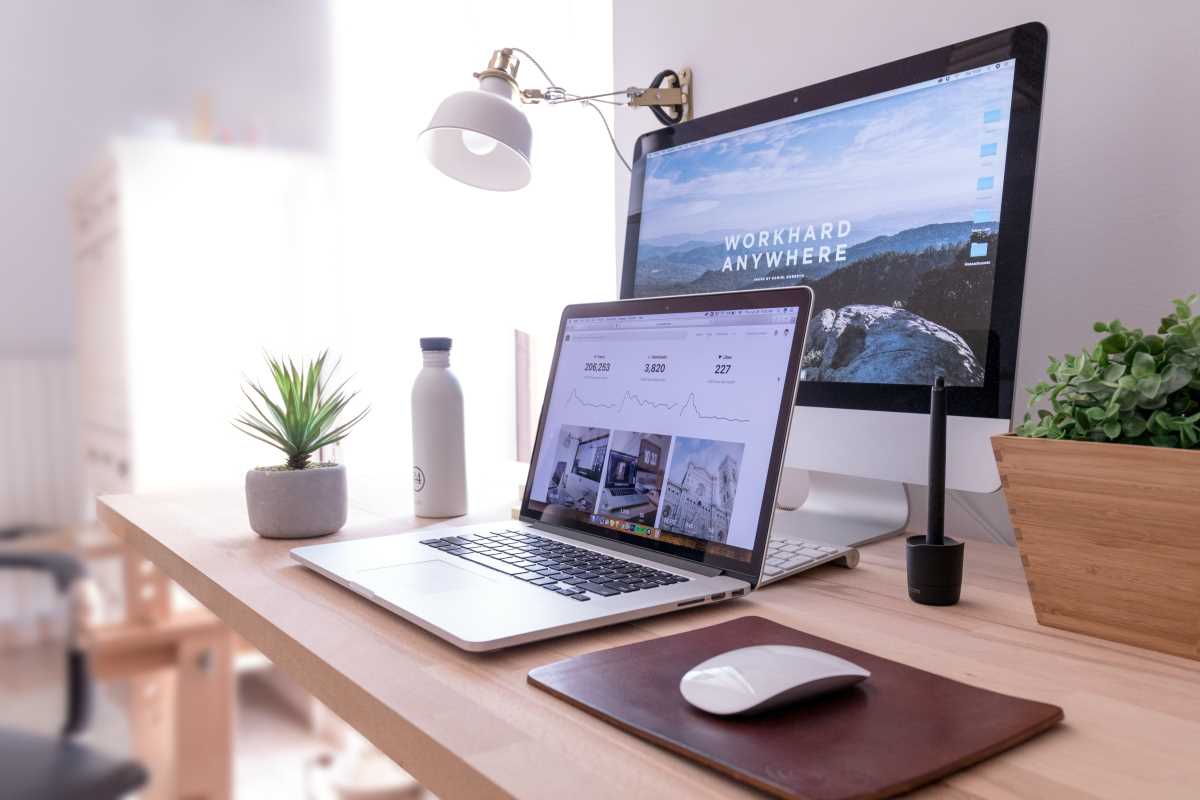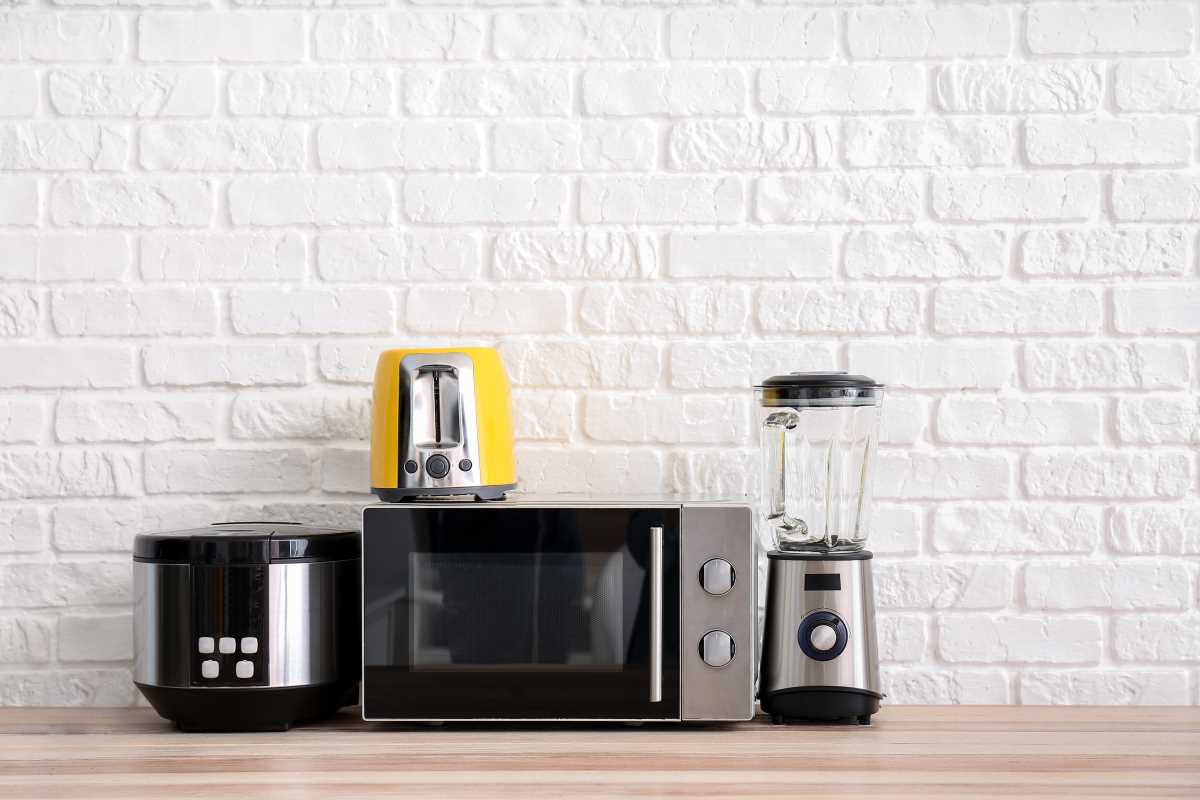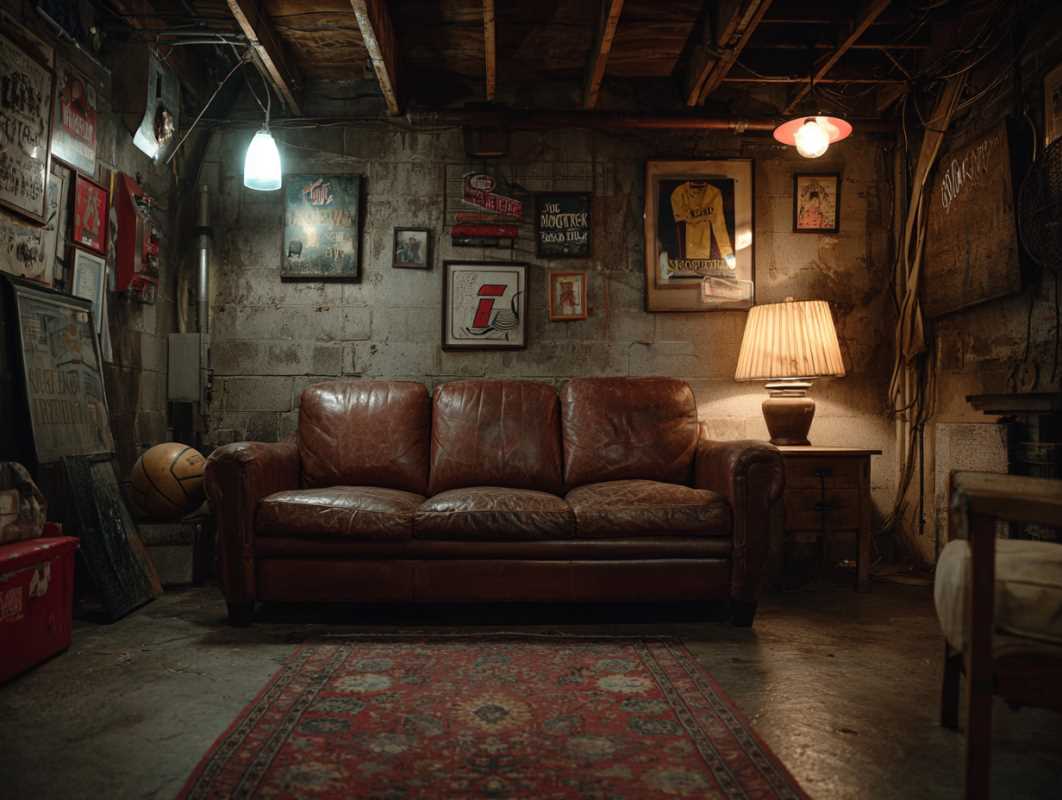Setting up your first cozy home fills each day with anticipation and a touch of challenge. Compact rooms often seem smaller than expected, so planning your layout makes a real difference. Begin by measuring your spaces, then consider how every nook and cranny might serve a practical purpose. With a thoughtful approach and a bit of creativity, you can transform even the smallest corners into useful, inviting parts of your home. Every adjustment brings you closer to a space that feels comfortable and welcoming from the moment you walk through the door.
Visualize walking through each area. Notice where light hits, where crowds gather, and where clutter piles up. Jot down must-haves: a spot for shoes by the door, a drop zone for mail, or a mini desk for bills. This sketch becomes your roadmap for a space that feels roomy and organized.
Evaluate Your Space and Needs
- Measure every wall, nook, and threshold. Get exact numbers before you shop for furniture.
- List daily activities in each room. Do you read, pay bills, eat meals, or host friends in that spot?
- Identify clutter hotspots. Check counters, tabletops, and floor corners where things tend to pile up.
- Note available light. A dim corner can hide storage solutions; a bright space can highlight decorative bins.
After preparing your list, prioritize your needs. A kitchen island works if you cook often. If you’re on the move, a wall rack near the front door can hold keys and coats. These priorities guide your shopping list and your DIY plans.
Make the Most of Vertical Storage
Wall space often remains unused. Install floating shelves above desks or sofas. You’ll keep books, plants, and picture frames off surfaces while adding character. Hang hooks under a shelf to store mugs or scarves.
Try a pegboard on a blank wall. It adapts to changing needs. Mount baskets, small bins, or hanging planters right where you need them. This makes tools, office supplies, or kitchen utensils easy to grab.
Choose Multi-Use Furniture
Pieces that serve two roles save floor space and money. A bench with built-in storage under the seat offers a cozy spot and hides blankets or shoes. A folding table can act as a dining area and a craft station when you need it.
Look at IKEA items, like nesting tables, that slide under a sofa or bed when not in use. You’ll find many pieces that tuck away neatly. Pick items with neutral tones to blend with your decor and keep the room feeling open.
Arrange Your Layout with Zones
Divide a small room into clear zones. Choose a corner as a work area. Place a small desk, a lamp, and a floating shelf above. That single grouping helps you focus on tasks without spreading out across the room.
Follow these three simple steps:
- Define a main purpose for each zone. For example, a reading nook needs a chair, side table, and good lighting.
- Use area rugs or lighting to visually separate zones. A soft rug under your desk anchors that workspace.
- Add small dividers like a bookcase or curtain to give each zone its own feel without blocking light.
In tight spots, you can use a slim console table behind a sofa as a mini-bar or snack shelf. Place it against the backrest; it won’t take up extra room but still marks that zone.
Keep Your Home Organized Over Time
- Set aside 10 minutes weekly for quick cleanouts. Focus on one shelf or drawer each time to prevent clutter from building up.
- Create a drop zone by the door. Install a small tray for mail and keys. Empty it every evening before dinner.
- Label storage bins. You’ll always know where seasonal items or hobby supplies belong.
- Review your furniture arrangement every few months. Rearrange items to refresh the layout and identify unused spots.
Follow simple daily routines. When you finish a task, put supplies back immediately. A clutter-free countertop makes cooking more enjoyable. A tidy desk helps you stay on top of bills and projects.
Keep Entryways Tidy
Entryways often host shoes, jackets, and bags. A narrow console works, but you can do more. Consider built-in cubbies under a bench. It provides each person with a space to stash gear. Label hooks for jackets so everyone maintains a routine. If shelves seem dull, paint the back wall a bright hue.
This simple trick can inspire your own fresh take on a tidy entrance.
Follow these steps to confidently settle into your first home. Planning each zone and choosing the right pieces make small spaces feel larger, and maintaining your habits keeps your home organized.
 (Image via
(Image via





